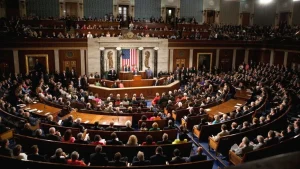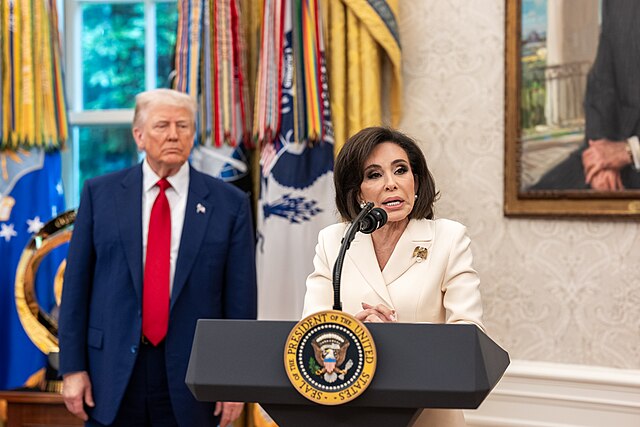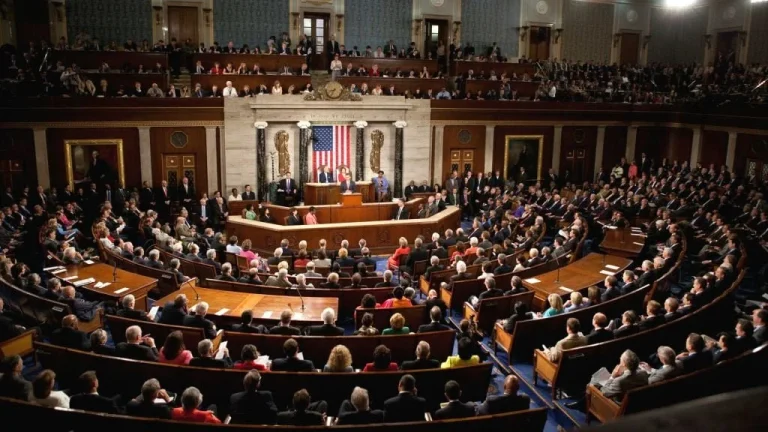The nation’s capital has been gripped by the tragic killing of a congressional intern who was fatally struck by gunfire while walking through downtown Washington. What began as another eruption of street violence has quickly grown into a defining case for the city, raising urgent questions about youth crime, public safety, and the balance between rehabilitation and accountability in the justice system.
A Promising Future Lost
The victim, a 21-year-old student at the University of Massachusetts Amherst, was in Washington working as an intern for Representative Ron Estes of Kansas. Friends, classmates, and colleagues described him as ambitious, hardworking, and eager to build a career in public service.
“He came to Washington because he believed in making a difference,” Rep. Estes said in the days following the tragedy. “His loss is both a personal heartbreak and a setback for everyone who saw his potential.”
The young intern’s death struck a chord not only with his family and community but also with lawmakers and residents of Washington, who were reminded once again of the unpredictable and devastating reach of urban gun violence.
The Shooting
The violence unfolded in a busy corridor of downtown D.C., near the Walter E. Washington Convention Center and Mount Vernon Square Metro station. According to investigators, three suspects in a stolen car stopped in the neighborhood, stepped out, and opened fire on individuals riding bicycles.
Authorities later recovered 79 shell casings from the scene, evidence of the sheer scale of the gunfire unleashed in a matter of moments. The congressional intern, who had no connection to the intended targets, was struck multiple times and later died of his injuries.
Officials emphasized that he was a bystander — an innocent victim of a deliberate but indiscriminate assault. The brazenness of the act, carried out in one of the city’s most heavily trafficked areas, heightened fears about safety and underscored the urgency of tackling violent crime.
The Suspects
Two suspects, both 17 years old, were eventually tracked down and arrested by U.S. Marshals. Identified as Kelvin Thomas Jr. and Jailen Lucas, they now face charges of first-degree murder while armed. Prosecutors moved to charge them as adults, citing the severity of the crime and the extraordinary violence involved.
“These defendants carried out a deliberate and deadly act that robbed an innocent young man of his life,” U.S. Attorney for the District of Columbia Jeanine Pirro said. “The law is clear: acts of this magnitude must be met with adult accountability.”
A third suspect, 18-year-old Naqwan Antonio Lucas, remains at large. Law enforcement officials have urged the public to come forward with information, warning that he should be considered armed and dangerous.
Juvenile Crime Under the Microscope
The case has reignited long-standing debates over how the justice system should handle minors accused of serious crimes. Washington, D.C., law allows prosecutors to transfer certain cases from juvenile to adult court, particularly when the charges involve murder or firearms.
U.S. Attorney Pirro has argued that the current framework is inadequate for addressing violent youth crime. She contends that some minors repeatedly cycle through the system with minimal consequences, only to return to the streets and reoffend.
“Eric didn’t deserve to be gunned down,” she said. “The system failed him by coddling repeat juvenile offenders. We need stronger tools to ensure that young people who choose violence face real consequences.”
Her comments have intensified the conversation around whether the justice system leans too heavily toward rehabilitation at the expense of accountability. Supporters of stricter measures insist that violent acts committed by minors should be prosecuted with the same seriousness as those committed by adults. Critics warn that funneling young offenders into adult prisons can worsen outcomes, entrenching cycles of violence instead of breaking them.
Political and Community Reactions
Local leaders have echoed the calls for stronger accountability. Mayor Muriel Bowser publicly supported the decision to prosecute the two teenagers as adults, stating that “cold-blooded murder qualifies as a crime that must be prosecuted to the fullest extent.”
Vigils held in both Washington and Massachusetts drew crowds of mourners, who gathered to honor the intern’s memory and express frustration over the persistence of violent crime. On Capitol Hill, lawmakers from both sides of the aisle offered condolences, emphasizing that the victim’s death symbolized a wider crisis that demands action.
Community groups, however, voiced concern that punitive measures alone will not stem the tide of youth violence. Anti-violence advocates argue that the city must address deeper systemic issues — including access to firearms, poverty, and lack of opportunity — if it hopes to prevent tragedies like this from recurring.
Law Enforcement Efforts
The investigation into the killing demonstrated the coordination between federal and local agencies. The Metropolitan Police Department worked closely with the U.S. Marshals Service and the U.S. Attorney’s Office to track down the suspects. Surveillance footage proved critical in identifying those involved, while forensic evidence tied them to the scene.
Officials underscored that the case illustrates both the challenges and the necessity of interagency cooperation in Washington, a city with unique jurisdictional structures and federal oversight. As violent crime remains a pressing concern, these partnerships are seen as essential to restoring public confidence in safety and justice.
A Broader Question of Safety
The tragedy has fueled a broader discussion about the nature of violence in American cities and how best to protect innocent lives from its fallout. For residents of Washington, the incident is part of a larger pattern of shootings, carjackings, and assaults that have left many feeling unsafe in their own neighborhoods.
Supporters of stricter juvenile accountability argue that treating 17-year-olds as adults in cases of violent crime is not only justified but necessary to deter further acts. They stress that victims like the young intern pay the ultimate price when offenders are released too quickly.
On the other hand, reform advocates caution that harsher penalties risk overlooking the social and developmental factors that drive youth into crime. They emphasize that meaningful solutions must combine accountability with education, intervention, and rehabilitation — otherwise, the cycle of violence is likely to continue.
A Legacy of Unanswered Questions
For the family and friends of the victim, the legal and political debates pale in comparison to the personal devastation of losing a son, a classmate, and a colleague with so much potential ahead of him. Professors at UMass Amherst described him as a thoughtful and engaged student, while colleagues on Capitol Hill remembered his dedication and enthusiasm.
His death, while senseless, has become a rallying point for a wider conversation about justice and public safety. Whether that conversation will lead to lasting change remains uncertain, but the urgency is undeniable.
Conclusion
The killing of a congressional intern in downtown Washington has left an indelible mark on the city and the nation. It exposed the vulnerabilities of urban life, reignited contentious debates about juvenile justice, and underscored the heavy toll of gun violence on innocent bystanders.
As the prosecution moves forward against the two teenagers now in custody, Washington finds itself at a crossroads. The city must determine not only how to secure justice for this crime but also how to chart a path that balances accountability with the need to address the deeper roots of violence.
For now, the memory of a promising young man lost too soon serves as both a personal tragedy and a public call to action — a reminder that the pursuit of safety and justice is far from complete.

James Jenkins is a celebrated Pulitzer Prize-winning author whose work has reshaped the way readers think about social justice and human rights in America. Raised in Atlanta, Georgia, James grew up in a community that instilled in him both resilience and a strong sense of responsibility toward others. After studying political science and creative writing at Howard University, he worked as a journalist covering civil rights issues before dedicating himself fully to fiction. His novels are known for their sharp, empathetic portraits of marginalized communities and for weaving personal stories with broader political realities. Jenkins’s breakout novel, Shadows of Freedom, won national acclaim for its unflinching look at systemic inequality, while his more recent works explore themes of identity, resilience, and the fight for dignity in the face of oppression. Beyond his novels, James is an active public speaker, lecturing at universities and participating in nonprofit initiatives that support literacy and community empowerment. He believes that storytelling is a way to preserve history and inspire change. When not writing, James enjoys jazz music, mentoring young writers, and traveling with his family to explore cultures and stories around the world.







